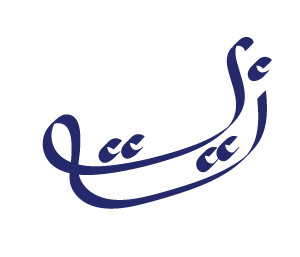Your hairbrush is more than just a styling tool; it’s a fundamental aspect of your hair’s health and appearance. Maintaining clean and hygienic hairbrushes is essential for achieving beautiful, healthy hair. In this comprehensive guide, we’ll explore the importance of hairbrush hygiene and provide tips for keeping your hairbrushes in top condition.
The Role of Hairbrushes
Hair Health and Appearance:
Hairbrushes are not only for detangling and styling; they help distribute natural oils from your scalp along the length of your hair. This nourishes your strands, adds shine, and improves overall hair health.
Scalp Stimulation:
Brushing your hair can stimulate the scalp, promoting blood circulation, and potentially aiding in hair growth. A clean brush ensures that this process is hygienic.
Why Hairbrush Hygiene Matters
Dirt and Residue Buildup:
Over time, hairbrushes accumulate oils, hair products, and dirt. Unclean brushes can transfer these residues back onto your hair, leading to dullness and greasiness.
Bacteria and Germs:
Dirty brushes can harbor bacteria and germs, which can cause scalp issues and even affect hair quality. Maintaining hygiene is vital to avoid these problems.
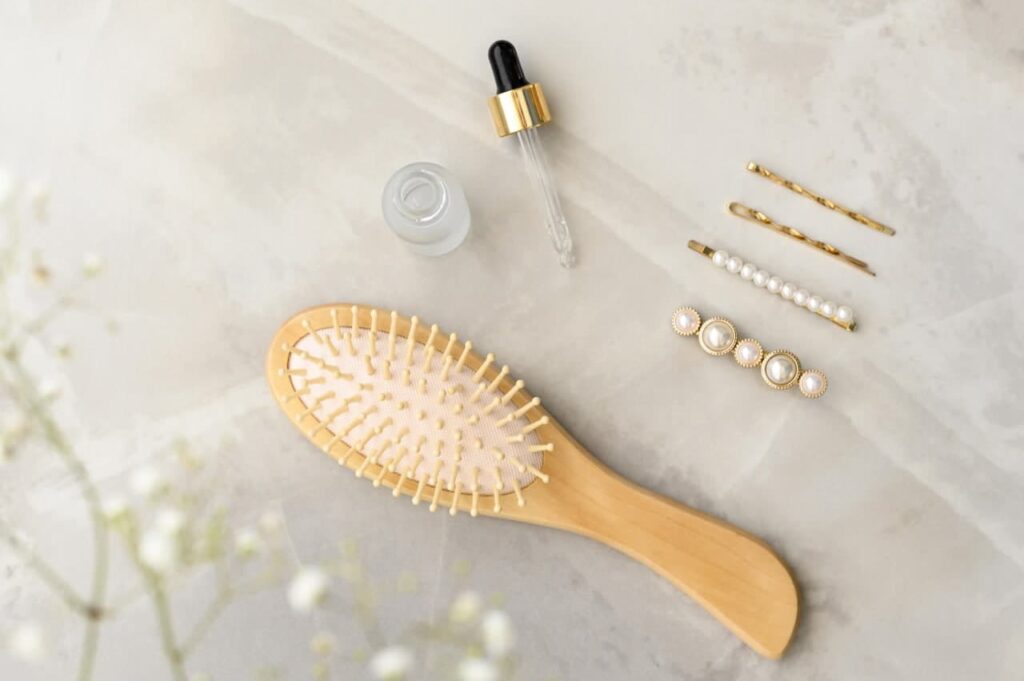
Tips for Clean Hairbrushes
Regular Cleaning:
Learn how to clean your hairbrushes effectively, depending on their type. Most brushes can be cleaned with warm soapy water and a brush cleaner tool.
Removal of Hair and Debris:
Make it a habit to remove trapped hair and debris from your brush after each use. This ensures your brush is ready for the next styling session.
Shampoo and Conditioner:
Consider using a mild shampoo and conditioner to clean your hairbrush, as these products can help break down oils and residues effectively.
Dry Thoroughly:
After cleaning, allow your hairbrush to dry completely before using it again. This prevents the growth of mold and bacteria.
Choosing the Right Hairbrush
Hair Type Matters:
Select a hairbrush that suits your hair type. Different brushes are designed for straight, curly, or thick hair, so choose accordingly for the best results.
Exploring Different Hairbrush Types
Hairbrushes come in various types, each designed to cater to different hair types, textures, and styling needs. To achieve the best results, it’s essential to choose the right brush for your hair. Here’s a closer look at some of the most common hairbrush types:
Paddle Brush
Best for: Straight or slightly wavy hair, detangling, and smoothing.
Paddle brushes have a flat, wide surface with densely packed bristles. They are excellent for detangling and smoothing out hair, making them ideal for daily use, especially on longer hair.
Round Brush
Best for: Blowouts, adding volume, and creating curls.
Round brushes come in various sizes and are designed for use with a hairdryer. They’re perfect for achieving smooth blowouts, adding volume at the roots, and creating curls or waves.
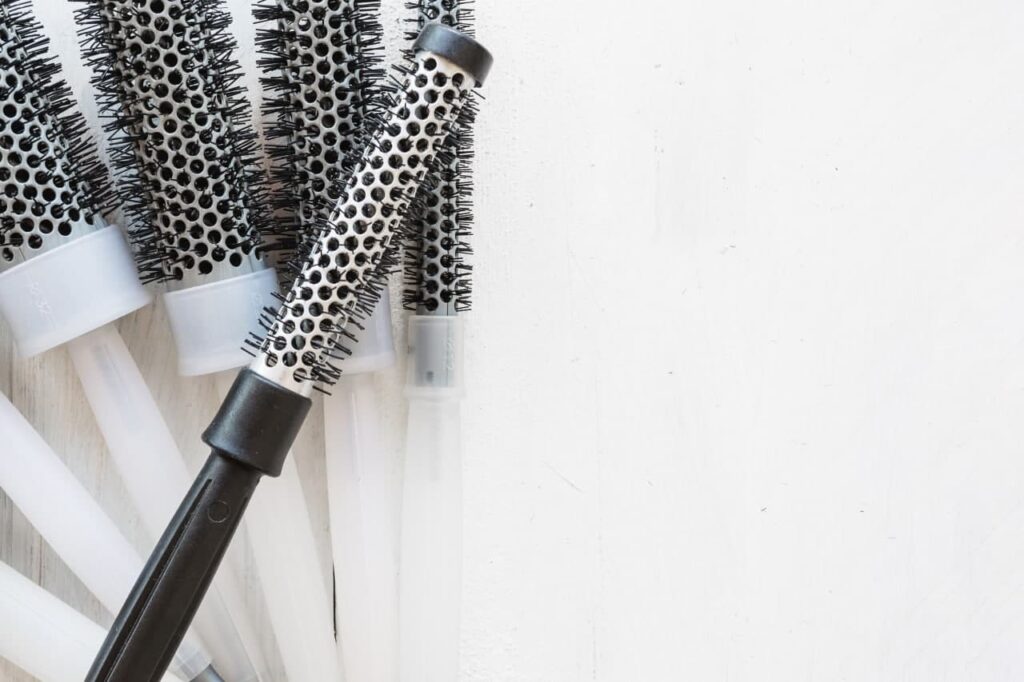
Vent Brush
Best for: Quick drying, detangling, and adding lift.
Vent brushes have widely spaced bristles and holes in the base, allowing for fast and even drying. They are great for detangling and adding volume to the hair during the blow-drying process.
Detangling Brush
Best for: Detangling wet or dry hair, reducing breakage.
Detangling brushes are designed with flexible bristles that gently glide through the hair, making them perfect for untangling knots and minimizing breakage, especially when used on wet hair.
Boar Bristle Brush
Best for: Distributing natural oils, adding shine, and reducing frizz.
Boar bristle brushes are known for their ability to distribute the scalp’s natural oils (sebum) throughout the hair, providing shine, reducing frizz, and promoting overall hair health.
Wide-Tooth Comb
Best for: Detangling very curly or textured hair, evenly distributing products.
Wide-tooth combs have broad spaces between the teeth, making them ideal for detangling very curly or textured hair without causing damage. They are also useful for evenly distributing hair products.
Teasing Brush
Best for: Creating volume and teasing hair.
Teasing brushes, also known as backcombing brushes, have bristles set close together. They are used to create volume, add texture, and tease hair for various styling purposes.
Fine-Tooth Comb
Best for: Precision styling, straightening, and sectioning.
Fine-tooth combs have closely spaced teeth, which make them ideal for precision styling, straightening, and sectioning hair when you need to create intricate hairstyles.
Hot Air Styling Brush
Best for: Styling while drying, adding curls or waves.
Hot air styling brushes are versatile tools that combine the features of a round brush and a hairdryer. They allow for styling while drying, making it easy to add curls or waves to the hair.
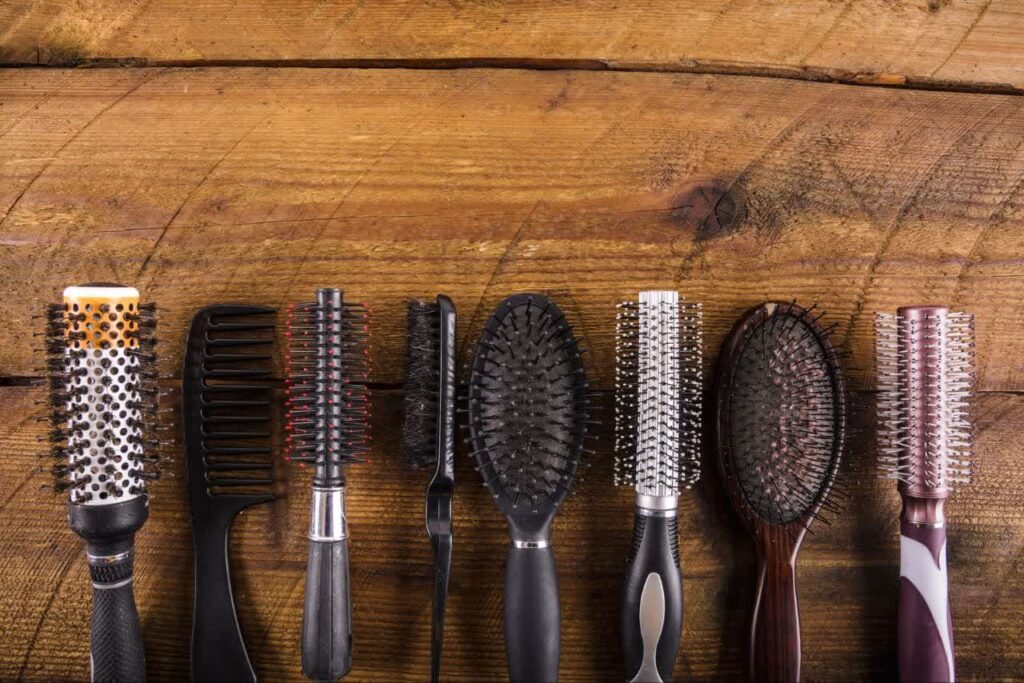
Mixed Bristle Brush
Best for: Versatile styling and smoothing.
Mixed bristle brushes often combine nylon bristles with natural boar bristles. These brushes offer versatility in styling and are suitable for various hair types and needs.
Choosing the right hairbrush type for your hair is crucial for achieving the desired results and maintaining healthy, beautiful strands. Consider your hair type, texture, and styling preferences to select the brush that best suits your needs.
Quality and Material:
Invest in high-quality brushes made from materials like natural bristles, which are gentle on your hair and scalp.
Hairbrush vs. Comb: Choosing the Right Tool for Your Tresses
Maintaining healthy and well-groomed hair is a universal desire, and the choice between a hairbrush and a comb plays a crucial role in achieving this. Both tools serve unique purposes and are designed for specific hair types and styling needs. Let’s explore the differences between hairbrushes and combs to help you select the right tool for your tresses:
Hairbrush
Bristles Variety:
– Hairbrushes come in various designs, including round, paddle, vent, and more. The type of bristles used can be natural (boar bristles) or synthetic (nylon or plastic).
Ideal for Styling:
– Hairbrushes are versatile and often used for styling purposes. Different brush types help create volume, straighten hair, or achieve curls and waves.
Detangling:
– Some hairbrushes, like paddle brushes, are great for detangling and smoothing hair. They have densely packed bristles that help distribute natural oils from the scalp.
Suitable for Long Hair:
– Hairbrushes with a larger surface area, such as paddle brushes, are ideal for longer hair. They can quickly cover more hair, making styling efficient.
Blowouts:
– Round brushes are often used in conjunction with a hairdryer to create smooth blowouts and add volume.
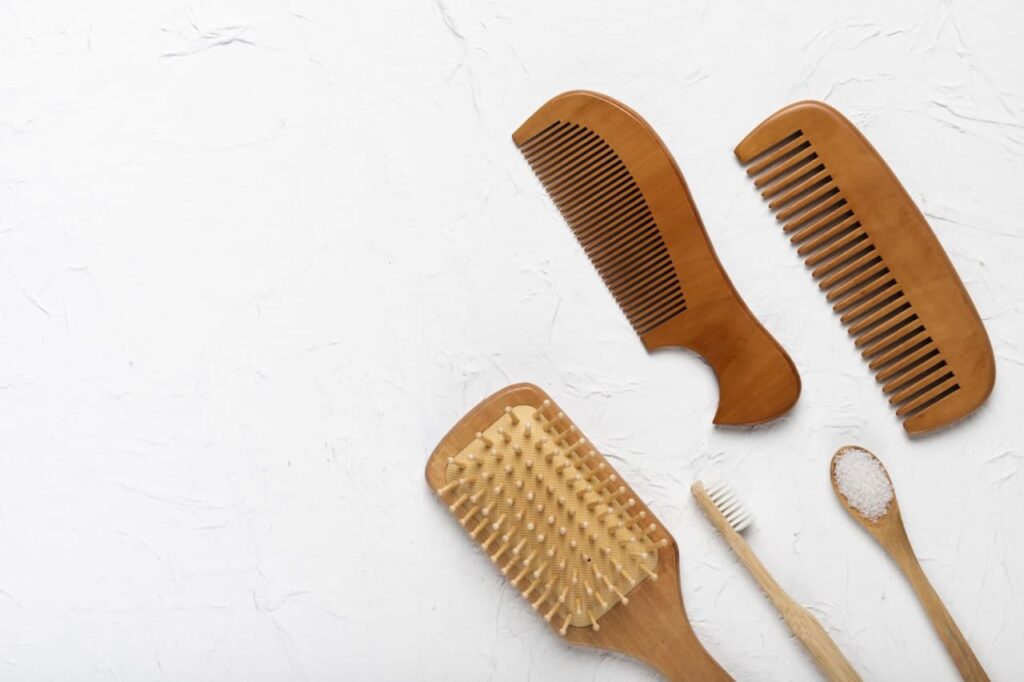
Comb
Teeth Design:
– Combs have teeth that can be wide or narrow, depending on the type of comb. Some combs are fine-toothed for precision styling, while others are wide-toothed for detangling curly or textured hair.
Detangling:
– Wide-tooth combs are excellent for detangling wet hair, reducing breakage, and preventing damage. They are particularly suitable for textured or curly hair.
Precision Styling:
– Fine-tooth combs are used for precision styling, straightening, and creating intricate hairstyles. They are essential for parting hair and achieving detailed looks.
Even Product Distribution:
– Combs are often used to evenly distribute hair products like conditioners and treatments through the hair.
Scalp Stimulation:
– Combs can stimulate the scalp, improving blood circulation and potentially aiding in hair growth.
Choosing the Right Tool:
Selecting the right tool depends on your hair type, texture, and styling needs. If you have longer hair and require versatile styling options, a hairbrush may be your go-to choice. On the other hand, if you have curly or textured hair and need to detangle without causing damage, a wide-tooth comb is the better option. Additionally, for precision styling and parting, fine-tooth combs are indispensable.
In many cases, both a comb and a hairbrush can find a place in your hair care routine. Each has its unique role and benefits, and understanding when and how to use them ensures you maintain healthy and beautiful tresses.
Conclusion: Healthy Hair, Beautiful You
Clean hairbrushes are the secret to achieving beautiful, clean strands. By understanding the role of hairbrushes in hair health and appearance and maintaining proper hygiene, you can ensure that your hair always looks its best. With the right cleaning and care routine, your hairbrushes will become your allies in achieving lustrous, healthy hair.
